Oddly enough, I work better (and faster) if I'm working on two paintings rather than just one. Aside from practical purposes (working on the second painting while a watercolor wash dries on the first, for example), I find working on two different pieces keeps my mind sharp and discourages wandering off to become caught up in distractions (such as sitting mindlessly in front of the computer).
Here is the graphite progress on the peregrine falcon painting. The blue tint is the initial wash.
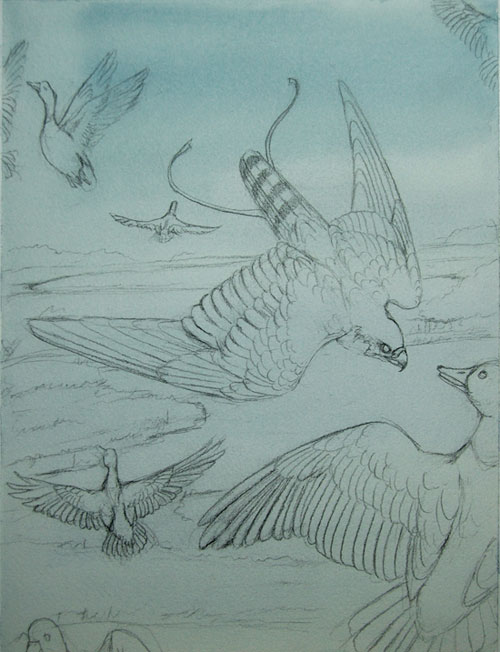
I will admit - I'm making the peregrine painting extra special because it's my favorite of the birds. Aside from my shameless bias, I wanted to show the action that I feel the peregrine represents, both in the wild and in falconry. Part of my inspiration was renewed when I spoke with Stephen Hein, artist and director at The Center for Wildlife Education and the Lamar Q Ball, Jr. Raptor Center at Georgia Southern University in Statesboro, Georgia during a recent visit. He described a scene I've read about many times but never heard spoken by a falconer - he told about how he waited for his falcon to stoop, so high in the air, he couldn't see her. Then, that sound - the sound often described as 'tearing canvas' in the books - and she shot down into view in pursuit. Hearing of such an experience made my heart race again with newfound inspiration.
When I think of falcons I think streamlined, sharp, pointed. The shape of the stoop, even of the moment right as the bird is about to strike her prey, is sharp and angled. The peregrine is designed perfectly for speed, and in this painting, I wanted to show that, in contrast with the rounded, confused ducks.
The second painting is going to explore at the red-tailed hawk, and its passive role in human culture as 'vermin control.' Like the barn owl, red-tailed hawks actually benefit farmers by hunting the rodents that damage crops. Unfortunately, throughout history, this widespread hawk has been the victim of shooting, from farmers who incorrectly see them as 'chicken hawks.' In fact, the hawks that are most likely to take a shot at poultry are the accipiters - more specifically, the two larger species, the Coopers Hawk and the Northern Goshawk. Buteos like the red-tailed hawk are primarily rodent hunters.
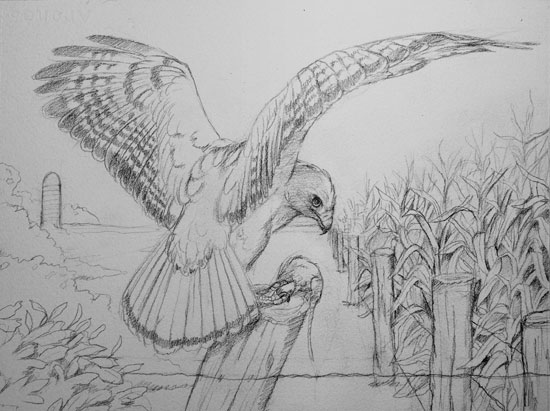
I'm looking forward to working on all those beautiful feathers on the back, wings, and tail!

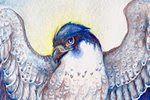
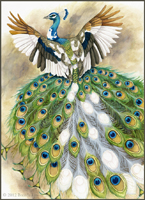
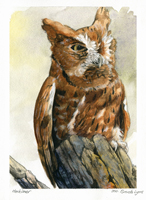
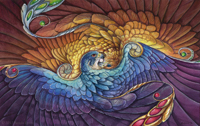
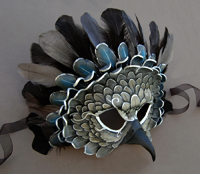
Oh wow some magnificent back views you've depicted. They both look so fantastic! I like the little touches of detail you've added into these, such as the strings attached to the peregrine which shows the relationship to the falconer and also the interesting texture of the crops and fence in the hawk picture.
ReplyDeleteI'm so happy that the raptor center was inspiring for you. I just knew it would be as soon as I learned there was one in Georgia. My mom and dad are rearing to go back and see for themselves.
Have you gotten in touch with Steven yet to show him your work? I am hoping they will give me permission to show the videos I took. It's so exciting:D